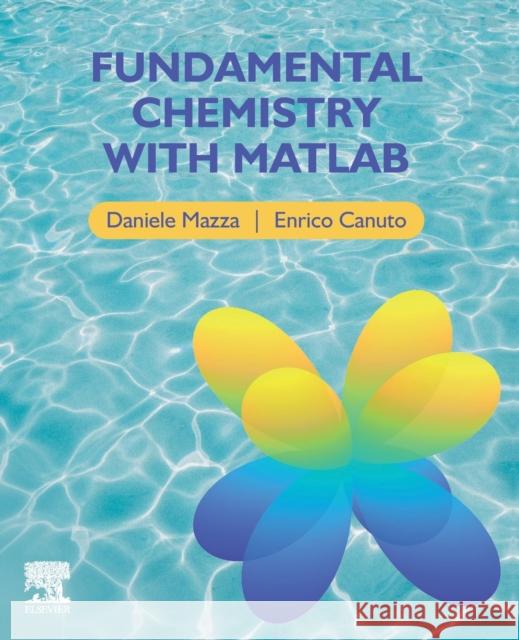Fundamental Chemistry with MATLAB » książka
topmenu
Fundamental Chemistry with MATLAB
ISBN-13: 9780323913416 / Angielski / Miękka / 2022 / 354 str.
Kategorie:
Kategorie BISAC:
Wydawca:
Elsevier
Język:
Angielski
ISBN-13:
9780323913416
Rok wydania:
2022
Ilość stron:
354
Waga:
0.60 kg
Wymiary:
23.5 x 19.05 x 1.88
Oprawa:
Miękka
Wolumenów:
01
Dodatkowe informacje:
Bibliografia











